Vortex Ring State (VRS): Virginia State Police Bell 407 Fatal Accident (N31WA, Charlottesville, Virginia)
The US National Transportation Safety Board (NTSB) have concluded the Virginia State Police (VSP) Aviation Unit Bell 407 helicopter, N31VA, that crashed during surveillance of a violent ‘white nationalist‘ rally in Charlottesville, Virginia on 12 August 2017 had entered a Vortex Ring State (VRS). The helicopter impacted the ground, there was a post-crash fire. The pilot and the observer were fatally injured.
The Accident Flight
The NTSB explain in their safety investigation report (issued 13 July 2020) that:
…the purpose of the flight was to provide the VSP command center with a continuous video downlink of the public demonstrations that were occurring in Charlottesville. The helicopter departed Charlottesville Albemarle Airport (CHO) about 1600. The helicopter arrived over the area of the demonstrations at 1604 and remained there until 1642 when the flight crew was tasked to provide overwatch for the Governor of Virginia’s motorcade. At 1643, the flight crew advised the VSP command center that the helicopter was heading directly to the motorcade and was about 30 seconds away.
Radar data indicated that the helicopter was flying at an altitude of about 2,200 ft mean sea level (msl) in the area of the motorcade before it began to turn to the right and descend rapidly. Radar data also indicated that, about 30 seconds later, the helicopter was descending through 1,450 ft msl at a groundspeed of 30 knots.
Shortly afterward, the helicopter descended below the area of radar coverage, and radar contact was lost.
About 1649, a crewmember aboard a Fairfax County Police Department (FCPD) helicopter observed the accident helicopter descending upright into trees at a high rate of descent… The FCPD helicopter pilot…landed near the accident site to render aid. The other two crewmembers exited the helicopter and proceeded to the accident site. Upon reaching the accident site, the crewmembers encountered heavy black smoke and fire.

The Tail Boom of VSP B407 N31WA Stuck in a Tree in Charlottesville, VA, 100-150 ft from the main wreckage (Credit: NTSB)
The NTSB Safety Investigation
The NTSB say that:
Video from a security camera…captured the helicopter…descending vertically at a constant acceleration and with increasing negative vertical speed until ground impact.
Photographs of the accident helicopter that were taken by a ground witness revealed that, about the time that the helicopter began its vertical descent, the helicopter was yawing to the right at a rate between 87° and 97° per second.
Toward the end of the flight, the helicopter’s low forward airspeed while descending was consistent with the helicopter entering Vortex Ring State (VRS).
As the helicopter approached 2250 ft of altitude the speed slowed to about 20 kts calibrated airspeed. At 16:48:06 the aircraft’s speed increased to 30 kts and at 16:48:12 it climbed from 2225 to 2275 ft while the speed again slowed to near 10 kts. The aircraft’s final descent began at 16:48:18.
Examination of data from the Rolls-Royce 250 engine control unit…
…revealed a sharp increase in torque, from 54% to 104% immediately before the helicopter’s descent.
Insufficient left pedal input with increasing torque can result in a right yaw that can develop into a spin.
Bell Helicopter provided the NTSB with the area of predicted vortex ring state for a Bell 407 with a gross weight of 4,633 lbs at sea level. [The graphic below] shows this predicted area with the aircraft’s forward speed and average vertical speed overlaid.
The blue shaded area represents combinations of forward speed and vertical speed when vortex ring state is predicted to develop.
The aircraft’s forward speed dropped below 20 kts at about 16:48:16, before the initial lowering of the collective (see below).
Below 20 kts the aircraft is at risk of entering vortex ring state for vertical speeds greater than 1,000 ft/min downwards. While each individual altitude data source differs at specific points in time, the average vertical speed puts the aircraft at risk of vortex ring state during the time the collective was lowered. The collective was raised, and engine power increased but the aircraft did not climb.
According to ESPN-R / EHEST Leaflet HE 1 Safety Considerations, VRS…
…is likely to occur when descending in powered flight at an airspeed below 30 Kts with a Rate of Descent (ROD) close to the main rotor “downwash velocity”.
Downwash velocity (or induced velocity) is defined as the airspeed of the airflow drawn down through the rotor disc (Froude formula). The induced velocity is a function of the helicopter type and gross weight. For example, a three bladed helicopter with a rotor diameter of 10.69m and a weight of 2,250 kg would result in an induced velocity of 10 m/s (2000 ft/min). Whereas, for a two bladed helicopter type with a rotor diameter of 11m and a weight of 1,000 kg the induced velocity is 6.5 m/s (1300 ft/min.). Therefore, although Vortex Ring State is shown to be dependant on the helicopter type and weight, a commonly accepted unsafe ROD is considered to be in excess of 500 ft/min.
While there is much discussed about recovery from VRS, avoidance is even more critical.
Since the recovery actions will entail a considerable loss of height, it is imperative to avoid Vortex Ring especially when close to the ground. …the following operations should be conducted with great care:
• Confined areas recce and approaches
• Downwind approaches
• Steep approaches
• Hover Out of Ground Effect (HOGE)
• Low speed autorotation recovery
• Downwind quick stops
• Aerial photography
The NTSB state that:
…even though power was applied, the helicopter was unable to reduce the descent rate, and it continued descending with an estimated vertical acceleration between 10.5 and 13.5 ft/s².
Anecdotal information indicated that the pilot had knowledge of vortex ring state, but review of the pilot’s training records indicated that he had not received any formal recurrent vortex ring state recognition and recovery training during his 16 years with the VSP aviation unit. Also, the VSP aviation unit training manual did not include vortex ring state recognition and recovery in any of the sample lesson plans for initial or recurrent training, and the associated maneuvers were considered to be optional.
Data from the FLIR system recorder could not be recovered. The helicopter was neither equipped with, nor required by regulation to be equipped with, a crash-resistant Flight Data Recorder (FDR). As common in many helicopter and smaller aeroplane accidents this hampered the investigation understanding why the accident occurred as this…
…precluded an evaluation of the pilot’s actions before the overtorque and the right yaw [and] precluded a determination of the pilot’s actions during the helicopter’s entry into vortex ring state, including any attempt to recover. Last, the available data were insufficient to determine if the right yaw began immediately before or after the helicopter’s encounter with the vortex ring state. This accident demonstrates the benefit of crash-resistant flight recorders aboard…aircraft that are not currently required to be so equipped.
Investigators note that:
Although the pedal restrictor control system (PRCS) cam was found in the engaged position, examination of the PRCS found no anomalies consistent with a system malfunction. Therefore, the PRCS cam could have activated during the vertical descent and have limited left pedal forward travel, particularly if the helicopter’s nose was lowered during the descent and the resulting airspeed was more than 55 knots (the airspeed at which left pedal travel would be restricted). Regardless, even if the PRCS were engaged, sufficient pedal travel would have been present to maintain heading in a hover out of ground effect.
NTSB Probable Cause
The pilot’s loss of helicopter control after entry into vortex ring state, leading to a high rate of descent to the ground with a right spin.
Contributing to the accident was the pilot’s lack of recent and recurrent training in vortex ring state recognition and recovery.
Safety Resources
Aerossurance library of safety resources include these articles:
- AAIB Report on 2013 Sumburgh Helicopter Accident
- Hard Landing after VRS on Approach to a Hospital Site
- Mi-26T Arctic VRS Accident 28 November 2018
- SAR Helicopter Loss of Control at Night: ATSB Report
- US Police Helicopter Night CFIT: Is Your Journey Really Necessary?
- Inappropriate Autorotation Training: Police AS350
- Accident Report: Fatal Police Helicopter Double Engine Flameout Over City Centre
- AAIB Report on Glasgow Police EC135T2+ Clutha Helicopter Accident
- Austrian Police EC135P2+ Impacted Glassy Lake
- Fukushima Police Leonardo AW139 Accident: JTSB Update
- A Try and See Catastrophe: R44 Accident in Norway in Bad Weather
- Survival Flight Fatal Accident: Air Ambulance Operator’s Poor Safety Culture
- An AW109SP, Overweight VIPs and Crew Stress
- Regulator Missed the Chance to Intervene Before Fatal Tour Accident say TAIC
- US Fatal Night HEMS Accident: Self-Induced Pressure & Inadequate Oversight
- Italian HEMS AW139 Inadvertent IMC Accident
- HEMS AW109S Collided With Radio Mast During Night Flight
- Low Viz Helicopter Accident, Alaska
- Alaskan AS350 CFIT With Unrestrained Cargo in Cabin
- EC135P2 Spatial Disorientation Accident
- When Habits Kill – Canadian MD500 Accident
- RCMP AS350B3 Left Uncovered During Snowfall Fatally Loses Power on Take Off
- EC130B4 Destroyed After Ice Ingestion – Engine Intake Left Uncovered
- Stabilised Hover Prevents Loss of Control Accidents Say FAA
- Fatal Wisconsin Wire Strike When Robinson R44 Repositions to Refuel
- UPDATE 3 October 2021: French Cougar Crashed After Entering VRS When Coming into Hover
- UPDATE 2 July 2022: Fatal EC130B4 Water Impact in the Tennessee River after “Entry to VRS” Say NTSB
- Also see our review of The Field Guide to Understanding Human Error by Sidney Dekker presented to the Royal Aeronautical Society (RAeS): The Field Guide to Understanding Human Error – A Review


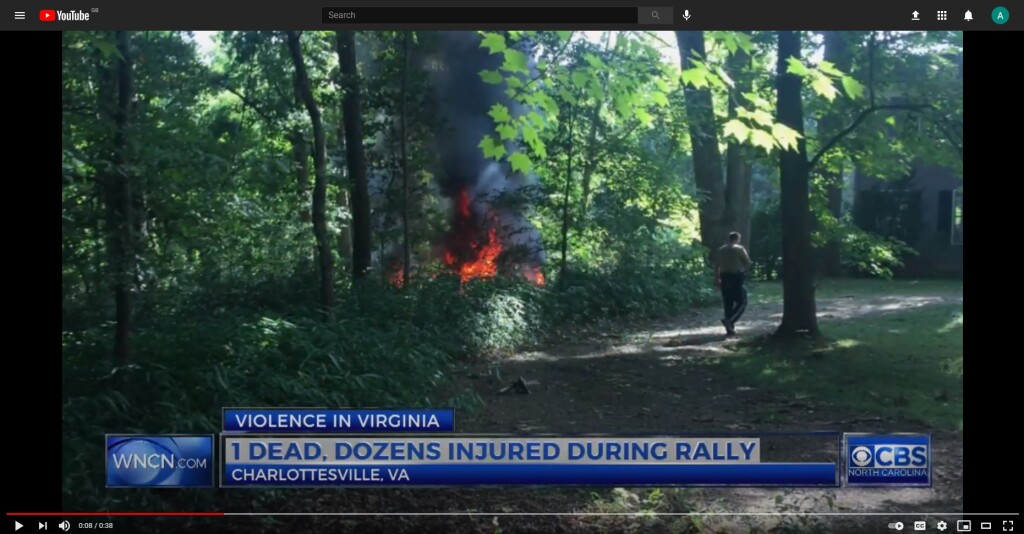

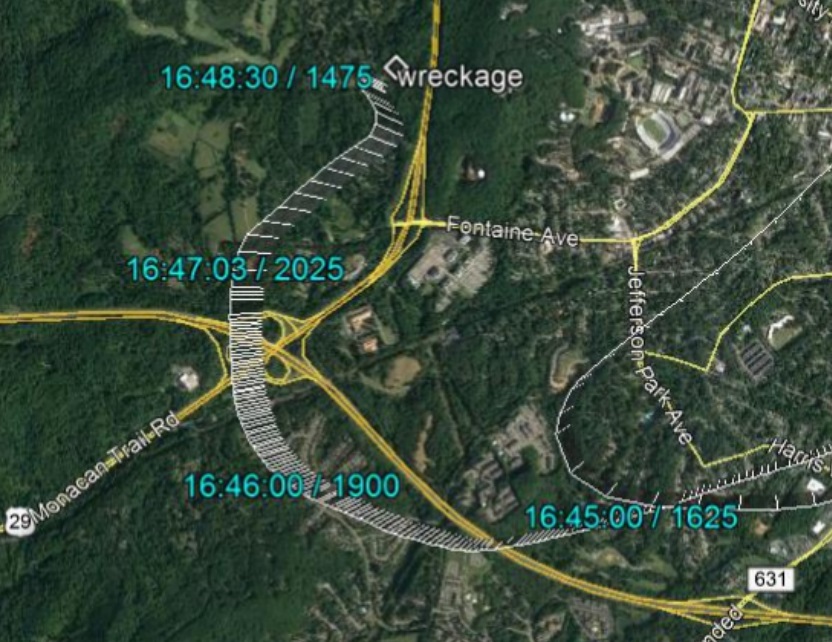

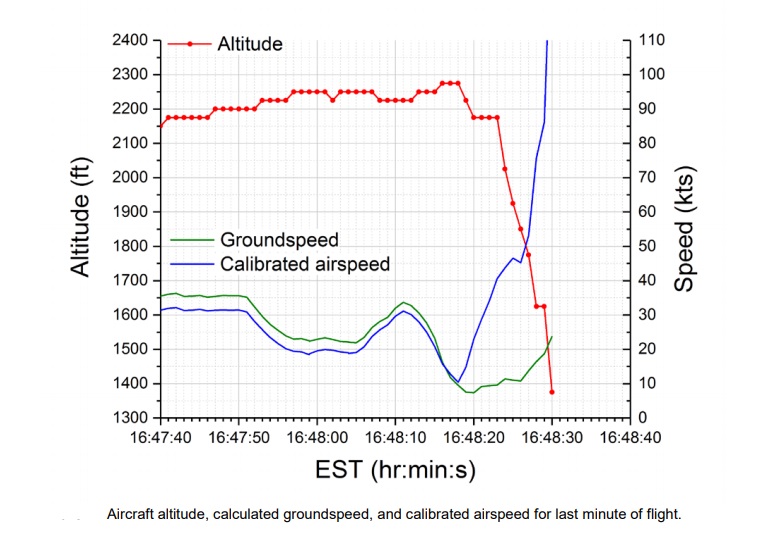
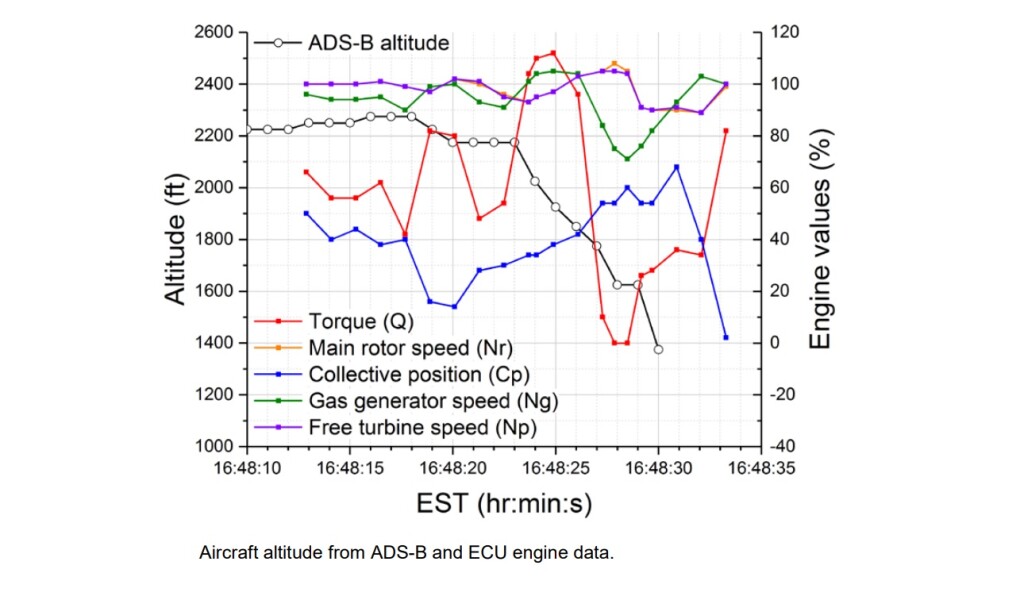

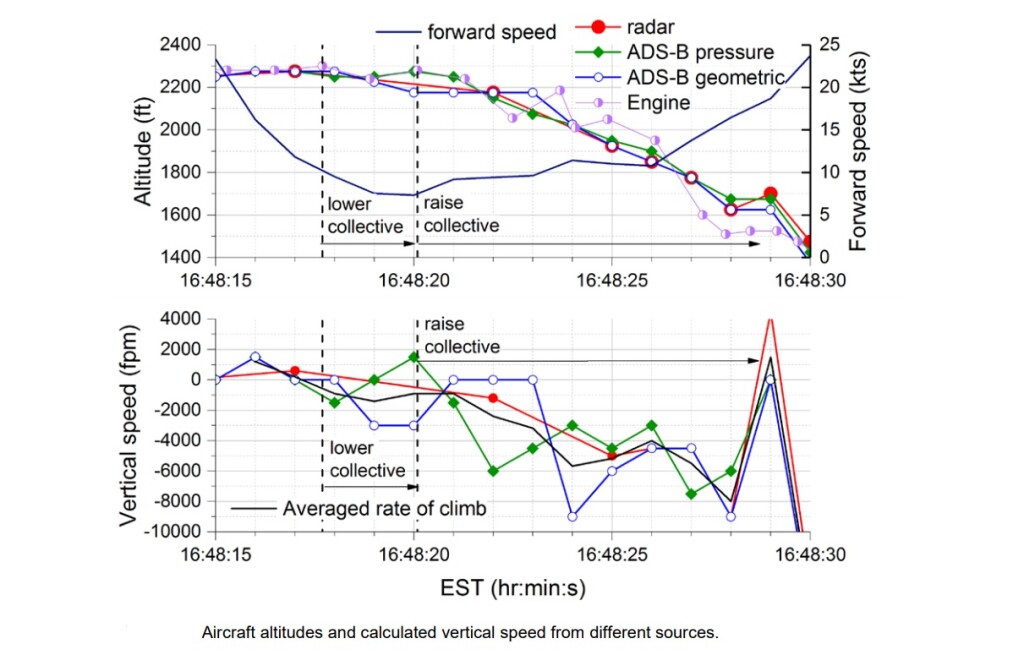
Recent Comments